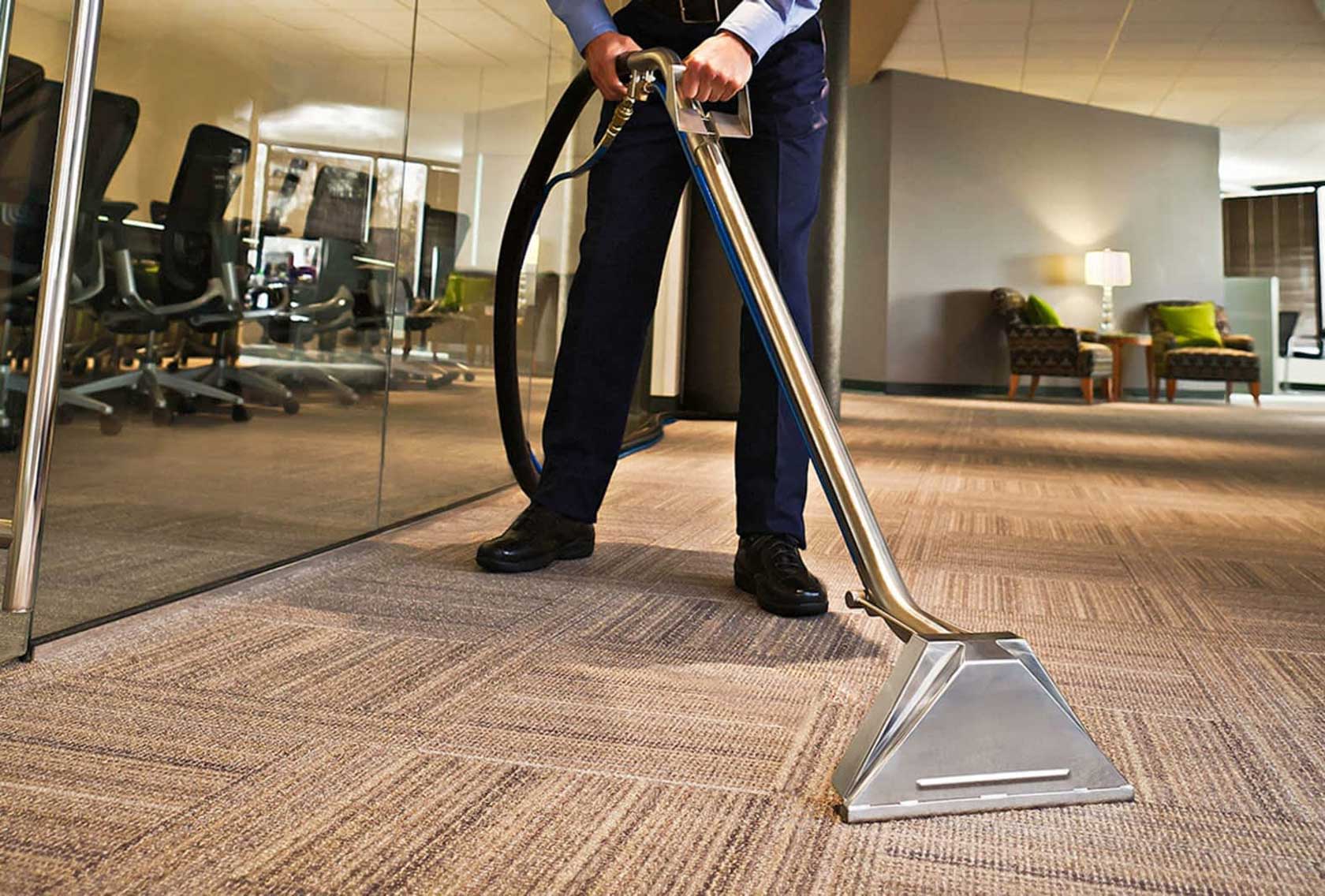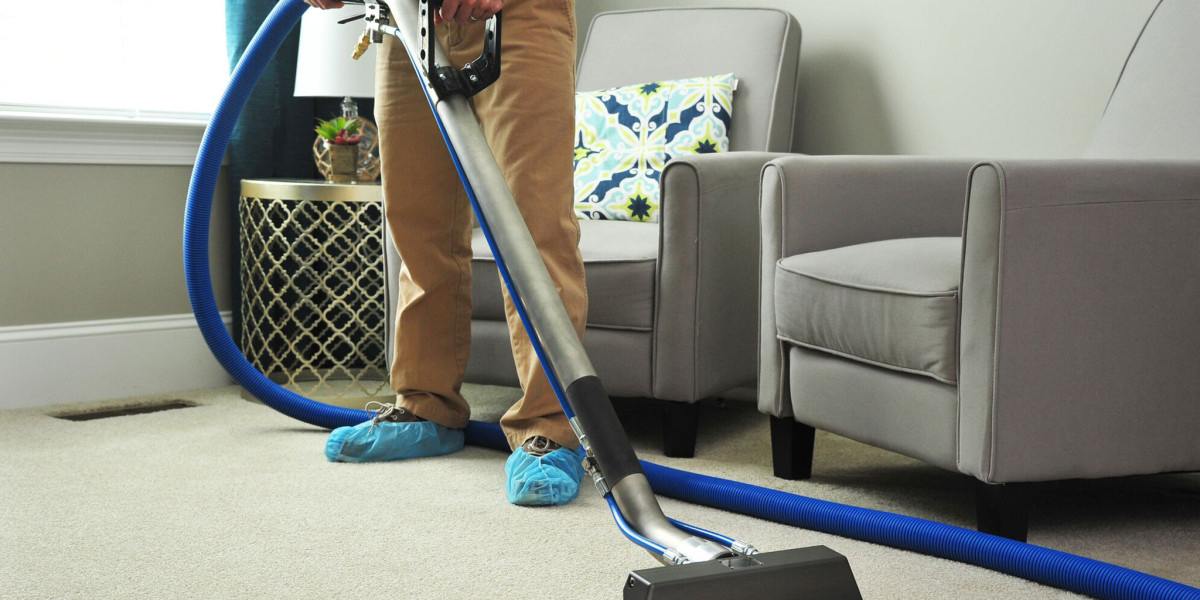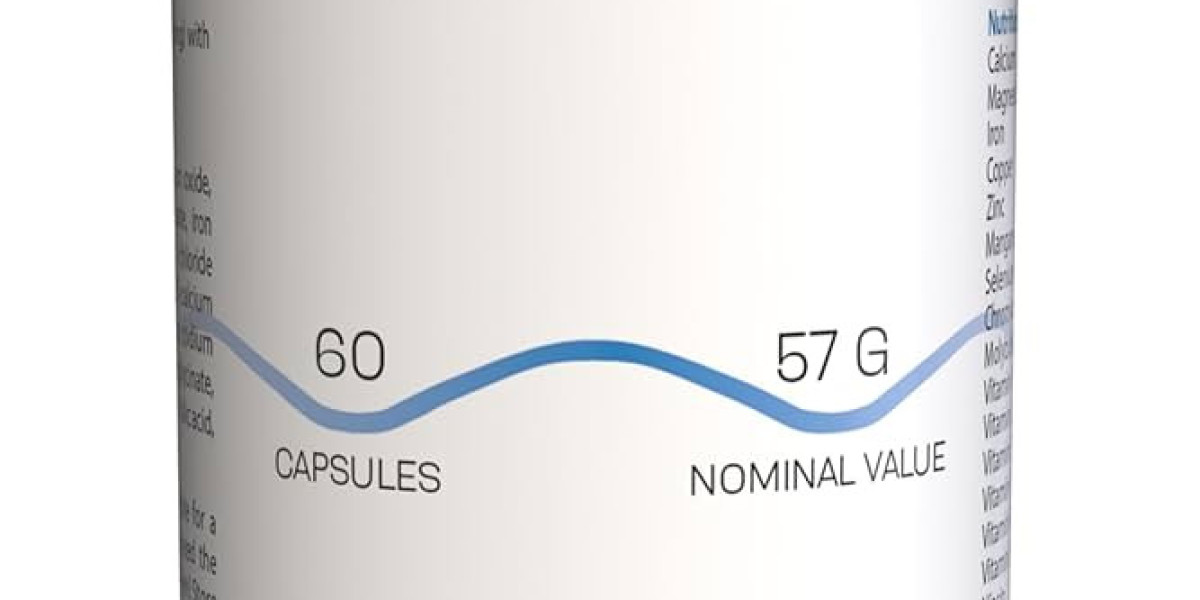
Introduction
Carpet cleaners are essential tools for maintaining the cleanliness and longevity of carpets in residential and commercial settings. They serve to remove dirt, stains, and allergens, thereby enhancing the aesthetic appeal and hygiene of carpeted areas. This report aims to provide an in-depth analysis of carpet cleaners, including their types, mechanisms of action, effectiveness, and considerations for use.
Types of Carpet Cleaners
Carpet cleaners can be categorized into several types based on their design and cleaning mechanisms. The primary types include:
- Steam Cleaners: These devices utilize high-temperature steam to penetrate carpet fibers, loosening dirt and grime. Steam cleaning is effective for deep cleaning and sanitizing carpets, https://clean.uk.com/carpet-cleaning/Peterborough as the heat can kill bacteria and dust mites.
- Dry Carpet Cleaners: These cleaners use a dry cleaning solution that is applied to the carpet and then agitated with a brush. The solution absorbs dirt and is subsequently vacuumed away. This method is beneficial for quick cleaning with minimal drying time.
- Carpet Shampooers: These machines apply a foamy cleaning solution to the carpet, which is then scrubbed in using rotating brushes. Afterward, the dirt-laden foam is extracted with a vacuum function. Shampooers are effective for heavily soiled carpets.
- Portable Carpet Cleaners: These compact machines are designed for spot cleaning and are ideal for removing stains from specific areas. They are lightweight and often come with specialized attachments for upholstery and stairs.
- Commercial Carpet Cleaners: These are heavy-duty machines used in professional cleaning services. They often combine steam cleaning and shampooing functions and are designed to handle large areas efficiently.
Mechanisms of Action
The effectiveness of carpet cleaners largely depends on their mechanisms of action. Each type employs different methods to achieve cleanliness:
- Steam Cleaners: By heating water to produce steam, these cleaners effectively dissolve dirt and grime. The steam penetrates deep into the carpet fibers, allowing for thorough cleaning. The high temperatures also help to disinfect the surface.
- Dry Carpet Cleaners: The dry cleaning solution used in these cleaners contains absorbent compounds that attract and encapsulate dirt. As the solution dries, it forms crystals that can be easily vacuumed away, leaving the carpet clean without excess moisture.
- Carpet Shampooers: These machines use a combination of agitation and suction to clean carpets. The shampoo solution is scrubbed into the fibers, loosening dirt, which is then extracted through suction.
- Portable Carpet Cleaners: These devices often use a combination of hot water, cleaning solution, and suction to remove stains. They are particularly effective for treating specific spots and high-traffic areas.
Effectiveness of Carpet Cleaners
The effectiveness of carpet cleaners can be evaluated based on several factors, including stain removal, odor elimination, and allergen reduction.
- Stain Removal: Different types of cleaners have varying degrees of effectiveness in removing stains. Steam cleaners excel at lifting stubborn stains, especially those that are organic in nature, while dry cleaners may be more suitable for light surface dirt.
- Odor Elimination: Many carpet cleaning solutions contain enzymes or fragrances designed to neutralize odors. Steam cleaning is particularly effective at eliminating odors, as the heat helps to break down odor-causing substances.
- Allergen Reduction: Carpets can harbor allergens such as dust mites, pet dander, and pollen. Steam cleaning is highly effective in reducing allergens due to the high temperatures involved, which kill many common allergens. Regular cleaning with either steam or dry methods can significantly improve indoor air quality.
Considerations for Use
When selecting and using a carpet cleaner, several considerations should be taken into account:
- Carpet Type: Different carpets have varying cleaning requirements. For example, delicate carpets may require gentler cleaning methods, while more robust carpets can withstand heavy-duty cleaning.
- Cleaning Solutions: The choice of cleaning solution is crucial. Some solutions may contain harsh chemicals that can damage carpets or pose health risks. It is advisable to choose eco-friendly and non-toxic options whenever possible.
- Frequency of Cleaning: Regular cleaning is essential for maintaining carpet appearance and longevity. High-traffic areas may require more frequent cleaning, while less-used areas can be cleaned less often.
- Professional vs. DIY Cleaning: While many homeowners opt for DIY carpet cleaning, professional services can provide a deeper clean, especially for heavily soiled carpets. Assessing the specific needs of the carpet can help determine the best approach.
- Cost: The cost of carpet cleaning can vary widely depending on the type of cleaner, the size of the area to be cleaned, and whether professional services are used. Budgeting for regular maintenance can help preserve carpets over time.
Conclusion
Carpet cleaners play a vital role in maintaining the cleanliness, appearance, and hygiene of carpets. With various types available, each offering unique mechanisms of action, consumers can choose the most suitable option based on their specific needs. Understanding the effectiveness of these cleaners and considering factors such as carpet type, cleaning solutions, and frequency of cleaning can lead to better maintenance practices. Ultimately, investing in the right carpet cleaning solutions not only enhances the aesthetic appeal of carpets but also contributes to a healthier indoor environment.


